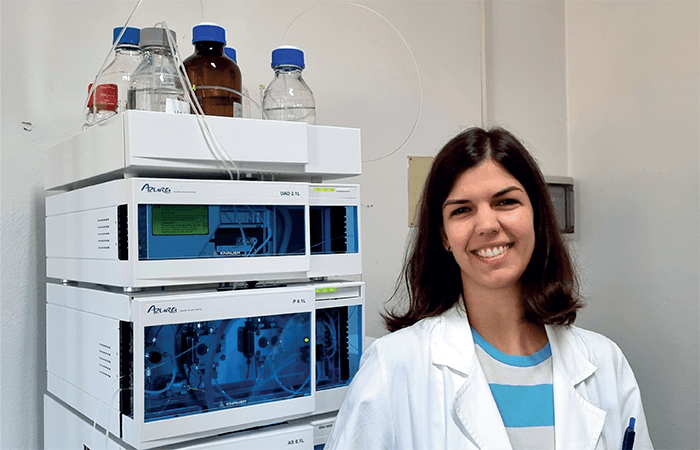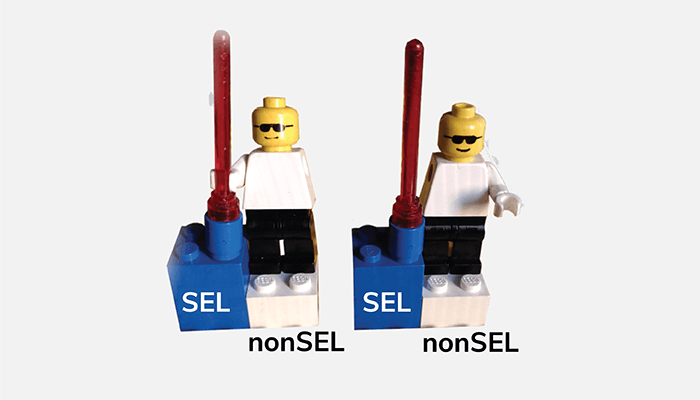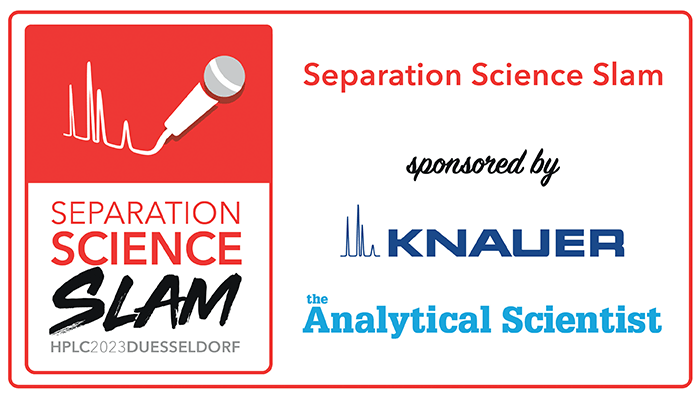The HPLC Separation Science Slam gives younger scientists an opportunity to communicate their research to the HPLC audience in a unique way. The goal is to win the favor of the audience and jury, who take into consideration the scientific content, entertainment value, comprehensibility, and creativity – for the chance to win €1,500.
Here, 2019 silver medalist, Simona Felletti, research associate at the University of Ferrara, Italy, offers some words of wisdom – and encouragement – for this year’s Slammers.

What interested you about the Separation Science Slam?
The first Separation Science Slam took place at HPLC 2019 in Milan, so I didn’t know what to expect. However, the opportunity to present my work in an unconventional and funny way was an exciting new challenge – very different from ordinary talks! Moreover, gaining visibility and creating new potential collaborations was a good opportunity.
I also have to admit that the prize money was a good incentive!
Tell me about the work you presented at the Separation Science Slam...
My presentation was about the enantio-recognition and adsorption mechanisms in chiral liquid chromatography. I covered the experimental workflow, starting from experimental overloaded measurements to theoretical computer simulations – to predict a suitable adsorption isotherm model that would allow us to accurately describe the adsorption behavior of enantiomers on a chiral stationary phase.

Tell me about your presentation – how did you choose your approach?
In my presentation, I compared the (complex) relationship between enantiomers and chiral selector to a love affair, with the help of my own LEGO characters and a “Lovemeter” to measure affinity between them. Finally, I advised the audience on how to become “the enantiomer’s Cupid” (select the best chiral selector for a given enantiomer, in case that wasn’t obvious…).
Fundamentals of adsorption are quite a complicated subject that might scare younger chemists. That’s why I chose a funny, simple, and attractive approach for this Slam. Science should be understandable and open to everyone – scientists and nonscientists.
I like to think of myself as a creative person – always full of new ideas, projects, and passions. So, this bizarre approach came out naturally.
Did anything useful – aside from the prize money – come about as a result of your participation in the competition?
After the Slam session, I had the chance to meet and talk to KNAUER – one of the main sponsors. During the Symposium, we shared our expertise and ideas, and I frankly told them I would have loved to spend some time in their laboratories. A few months later, a fruitful collaboration started, which involved me traveling to Berlin twice between 2020 and 2021, despite the challenges of the pandemic restrictions. We are still working together to develop methods for cannabinoid purification with continuous chromatography. The Science Slam gives you a chance to network with people from different companies and you never know, you might get a chance to kick-start your career.
What have you been working on since the last Separation Science Slam?
I am still investigating fundamental aspects of chromatography. In particular, thermodynamics of adsorption and mass transfer phenomena occurring in packed beds. I’m also working on method development for the purification of bioactive molecules through continuous chromatography. However, since the last science slam and my stay in Berlin, I have added cannabis and cannabinoids to the list of my favorite analytes. I am currently exploring different column chemistries, mobile phase compositions and elution modes for their separation and isolation. Moreover, I am dealing with the “greening” of separation science through the use of more sustainable techniques (such as supercritical fluid chromatography, SFC) and alternative solvents to those commonly used (acetonitrile or hexane, for example).
What advice or words of wisdom can you offer those younger scientists who are considering the next Separation Science Slam at HPLC 2023 in Dusseldorf?
I would say: go for it, be as creative as you like, and – above all – have fun!
When presenting a difficult topic, it is very important to think about your research in an unconventional way using a friendly language. Sharing science in this way will help us all learn something new.
I strongly encourage people, especially young scientists, to push their limits and not be afraid of other people’s opinion when testing themselves during this type of competition – even if you’re in a “scientific” environment, which includes esteemed professors and professionals.
Apply for the 2023 Separation Science Slam by submitting a project abstract and short CV by May 2





